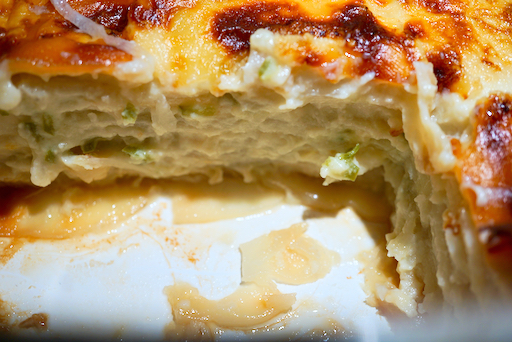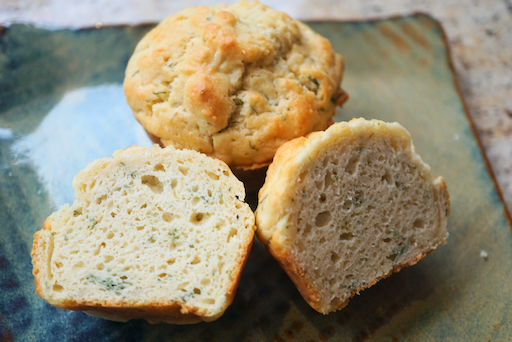We got 2 fairly large Japanese (or also called Chinese or Asian) eggplants (long and light purple colored). So, one evening, I made this dish from one of them. This is based on a recipe I found on-line. It was a shortcut recipe since the eggplant was microwaved but it turned out pretty good.
Ingredients: (makes about 6 small appetizer servings like in the first picture)
One Japanese eggplant (this was large about 10 inch long)
For seasoned broth (mix first two items)
1/4 cup Bonito dashi broth (As usual I made this from a dashi pack).
1/4 cup or "to taste" concentrated Japanese noodle sauce (from the bottle)
Dried bonito flakes for topping.
Directions:
Remove the stem end of the eggplant and remove the skin in stripes using a vegetable peeler,
Cut lengthwise into two pieces.
Cut the two pieces further into bite sized pieces (called "ran-giri" 乱切り, cut in 45 degree angle as you rotate 90 degree).
Immediately soak in salted cold water for 10 minutes (water darkens).
Wash in cold running water.
Place the eggplant in a silicon container for microwave cooking and microwave for 1 minute (depending on the size of the eggplant and the wattage of the microwave oven).
Let it cool down until it can be safely handled.
Place the eggplant in the seasoned broth and refrigerate for a few hours.
Top with the bonito flakes just before serving.
Since this type of eggplant is not as "bitter" or astringent as Western eggplant, soaking in salted water and microwaving worked. The skin is also much more tender than that of Western eggplants. The seasoned both really made this dish. Perfect gentle cold dish for summer.














